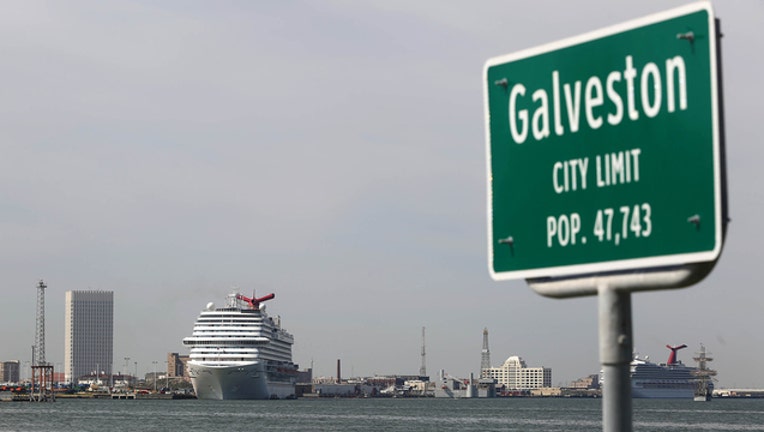Former railroad building to convert into interactive museum

(Photo by Thomas Shea/Getty Images)
GALVESTON, Texas (AP) - Developers plan to turn a former railroad freight depot in Southeast Texas into an interactive museum focusing on a 1900 hurricane that killed thousands of people and devastated part of the Gulf Coast.
The information presented at the landmark ex-Houston and Henderson Freight Depot in Galveston will also show how the city recovered and efforts that led to building a massive seawall that still stands, The Galveston County Daily News reported.
Dwayne Jones, executive director at the Galveston Historical Foundation, said that the remainder of the more than 33,000-square-foot building will be used as a commercial or retail space.
Jones noted the foundation is aiming to open the 6,000-square-foot museum next summer.
The depot used to play a chief role in the Texas cotton trade. Two companies mutually owned the railroad when the depot was constructed in 1904, according to foundation records.
"It was originally built to replace a wood frame one that was there that was destroyed in the storm," Jones said. "It was a necessary kind of practical piece."
The foundation's overhaul plans for the depot is in direct response to feedback from visitors, Jones said.
"Our visitors survey that we did really told us that people who visited the island wanted a much deeper experience," Jones said. "They wanted to learn about the people on the island."
Visitors will be educated about the narratives of real people who once lived in Galveston, Jones said. If they choose, guests could follow the character into the community, Jones said.
"We know certain people and we know where they lived in the community at the time," Jones said. "Many of their properties that are associated with them are still in town."
Jordan Price, director of marketing and membership at The Bryan Museum, said that experience-based learning is becoming considerably more common in the museum industry.
Technology and interactive screens give people opportunities to view artifacts in new ways, he said.
"People are moving away from static dioramas," Price said. "We're trying to meet the guests and the visitors with technology that they're comfortable using. We're trying to engage the public."

